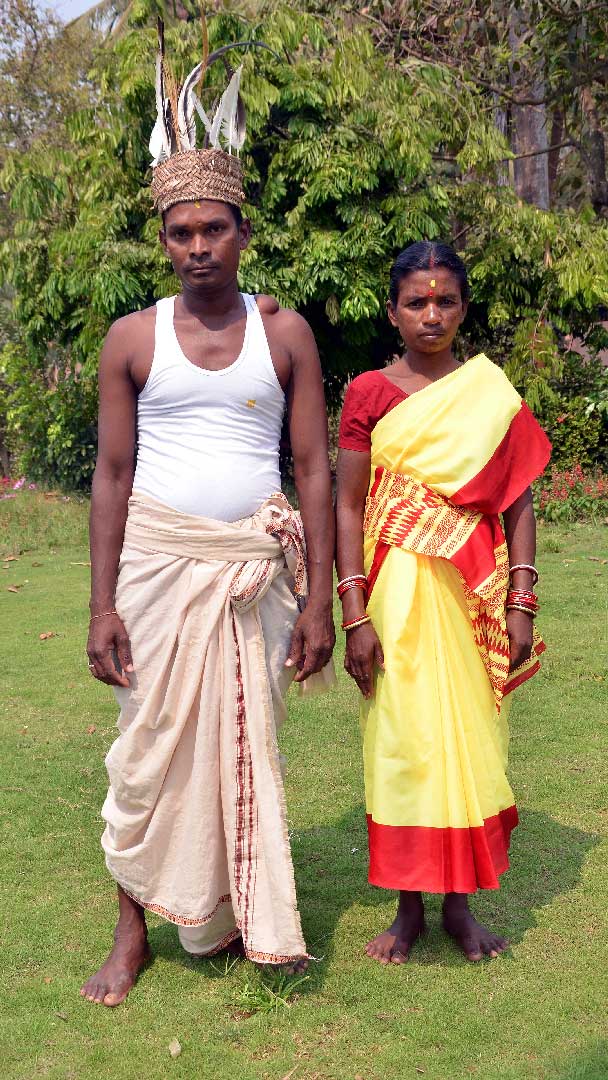TRIBES OF ODISHA
TRIBES OF ODISHA
Munda
Munda Lohara, Munda Mahalis, Nagabanshi Munda, Odia Munda
Region: Sundergarh, Sambalpur, Keonjhar and adjoining districts of Odisha
Population*: 5,58,691
Language: Mundari
Map: Click Here
Origin: The Munda call themselves Hodoko, or human in their language.
Culture and Crafts: The tribe practices Sarna, or the worship of the supernatural spirit known to them as Singabonga.
Occupation: They practice settled cultivation supplemented by industrial labour.
*Scheduled Tribes Population as per Census 2011 data. PVTGs Population as per Micro Project Survey Data, 2010
Munda
Munda Lohara, Munda Mahalis, Nagabanshi Munda, Odia Munda
Region: Sundergarh, Sambalpur, Keonjhar and adjoining districts of Odisha
Population*: 5,58,691
Language: Mundari
Map: Click Here
Origin: The Munda call themselves Hodoko, or human in their language.
Culture and Crafts: The tribe practices Sarna, or the worship of the supernatural spirit known to them as Singabonga.
Occupation: They practice settled cultivation supplemented by industrial labour.
*Scheduled Tribes Population as per Census 2011 data. PVTGs Population as per Micro Project Survey Data, 2010
Munda
Munda Lohara, Munda Mahalis, Nagabanshi Munda, Odia Munda
Region: Sundergarh, Sambalpur, Keonjhar and adjoining districts of Odisha
Population*: 5,58,691
Language: Mundari
Map: Click Here
Origin: The Munda call themselves Hodoko, or human in their language.
Culture and Crafts: The tribe practices Sarna, or the worship of the supernatural spirit known to them as Singabonga.
Occupation: They practice settled cultivation supplemented by industrial labour.
*Scheduled Tribes Population as per Census 2011 data. PVTGs Population as per Micro Project Survey Data, 2010
Munda
Munda Lohara, Munda Mahalis, Nagabanshi Munda, Odia Munda
Region: Sundergarh, Sambalpur, Keonjhar and adjoining districts of Odisha
Population*: 5,58,691
Language: Mundari
Map: Click Here
Origin: The Munda call themselves Hodoko, or human in their language.
Culture and Crafts: The tribe practices Sarna, or the worship of the supernatural spirit known to them as Singabonga.
Occupation: They practice settled cultivation supplemented by industrial labour.
*Scheduled Tribes Population as per Census 2011 data. PVTGs Population as per Micro Project Survey Data, 2010
PVTG Communities
62 Scheduled Tribes
PVTG Communities
62 Scheduled Tribes
PVTG Communities
62 Scheduled Tribes





